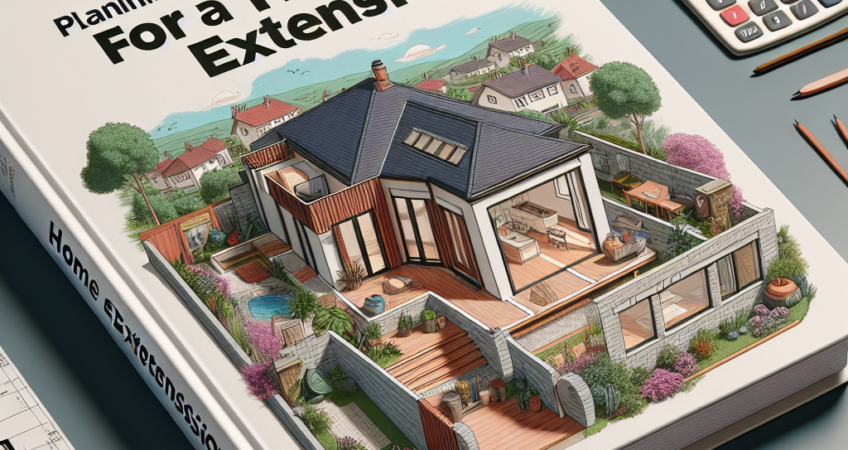Home extensions are a popular way to add more space and value to your home without the hassle of moving. However, planning and budgeting for a home extension can be a daunting task. To help you navigate this process, we have put together the ultimate guide to planning and budgeting for a home extension.
Step 1: Determine Your Needs and Goals
The first step in planning a home extension is to determine your needs and goals. Do you need more space for a growing family, or do you simply want to add value to your home? Consider how you will use the new space and what features are a must-have for you. This will help you make informed decisions throughout the planning process.
Step 2: Set a Realistic Budget
Setting a realistic budget is crucial when planning a home extension. Consider all costs involved, including construction, materials, permits, and any additional expenses such as landscaping or decorating. It is important to have a buffer for unforeseen expenses that may arise during the construction process. Consult with builders or architects to get a better idea of how much your home extension will cost.
Step 3: Obtain Necessary Approvals
Before starting any construction, you must obtain the necessary approvals and permits from your local council. This may involve submitting plans, paying fees, and undergoing inspections. Failure to obtain the proper approvals can result in fines or even having to remove the extension, so it is important to follow all regulations and guidelines.
Step 4: Hire Professionals
When it comes to planning and building a home extension, it is essential to hire professionals who have experience in this field. Architects, builders, and contractors can help you design and construct your home extension, ensuring that it meets all safety and building codes. Don’t be afraid to ask for references and examples of previous work before hiring a professional.
Step 5: Design and Plan
Once you have determined your needs, set a budget, obtained approvals, and hired professionals, it is time to design and plan your home extension. Work closely with your architect and builder to create a design that meets your needs and goals while staying within your budget. Consider factors such as layout, materials, and finishes to ensure that your home extension complements your existing home.
Step 6: Monitor Progress and Stay on Budget
During the construction process, it is important to monitor progress and stay on budget. Regularly communicate with your builder to ensure that the project is on track and that costs are being kept in check. Make decisions in a timely manner and be prepared to make adjustments if necessary to avoid costly delays.
By following these steps, you can successfully plan and budget for a home extension that meets your needs and adds value to your home. Remember to take your time, do your research, and work with professionals who can help you bring your vision to life. With careful planning and budgeting, you can enjoy a beautiful and functional home extension that enhances your living space for years to come.

